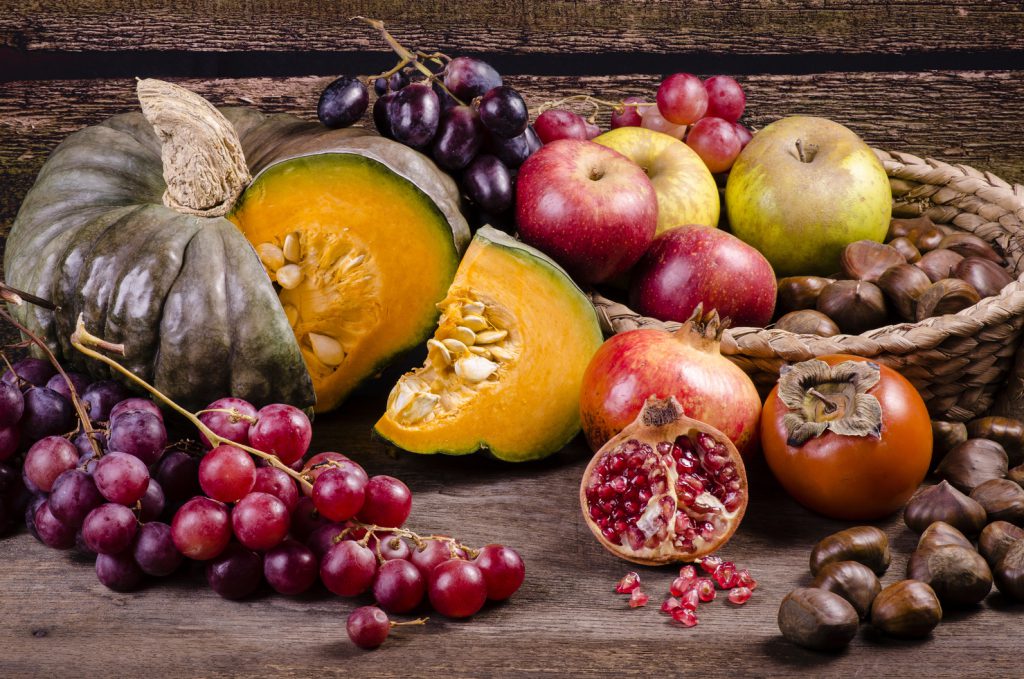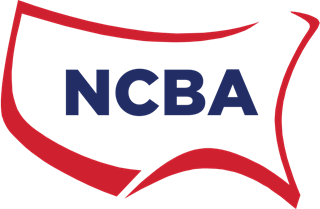
This edition contains the following articles:
- NDSR 2025 Sneak Peak: Heme and Non-Heme Iron
- Did You Know? NDSR has the NCC Food Group Serving Count System AND MyPlate Food Groups
- Looking Back at NCC’s History
- NDSR Training
- New Foods
NDSR 2025 Sneak Peak: Heme and Non-Heme Iron
With NDSR 2024 released in July, we are now hard at work preparing the 2025 version of NDSR. One major area of work is adding heme iron and non-heme iron to NDSR 2025 and the 2025 NCC Food and Nutrient Database files. In recognition of the importance of being able to quantify intake of these forms of iron, the National Cattlemen’s Beef Association provided funding to support this work. If you are interested in looking at heme and non-heme iron in your data entered into previous versions of NDSR, you will be able to restore backup files of your data into NDSR 2025 and then generate output files which will include these two new nutrients. (Just one more reason why your backup files are gold!)
Let us know about the nutrients or other food components you’d like added to NDSR (ndsrhelp@umn.edu), and consider a research partnership to support the addition of a specific nutrient or food component. The effort (and in turn cost) involved in adding novel nutrients and food components poses a challenge to their timely addition to NDSR, but this challenge may be addressed through research partnerships. One example of a successful partnership is the addition of lignans to NDSR 2019 in response to the needs of a study being conducted by researchers at Harvard University. Gluten was added to NDSR in 2017 through a similar type of partnership with a researcher at Columbia University. If you are interested in partnering to support the addition of a nutrient or food component to NDSR, please contact us.

Did You Know? NDSR has the NCC Food Group Serving Count System AND MyPlate Food Groups
NDSR has long included the NCC Food Group Serving Count System, which is a flexible system for calculating food group intakes. In this system there are 174 subgroups (e.g. sweetened soft drinks, citrus fruit, wine, etc.) that nest within nine main food groups. Values for each subgroup are available at the food, meal, and day levels in output files 07-09.
What you may not know is that NDSR has MyPlate food groups as well for recall, record, record-assisted recall, and menu record types. When we added the Healthy Eating Index (HEI) to NDSR 2022, we created output files that include not only HEI total and component scores, but also variables which make up the contributing dietary constituents used for calculating the HEI component and total scores, which includes the following MyPlate food groups: dairy (cup equivalents), total fruit (cup equivalents), whole fruit (cup equivalents), total vegetable (cup equivalents), greens and beans (cup equivalents), total protein (ounce equivalents), seafood and plant protein (ounce equivalents), whole grains (ounce equivalents), and refined grains (ounce equivalents). Values for each of these MyPlate food groups are provided at the meal and daily total levels in output files 22 and 23.
Wondering which food grouping system you should use? The answer to this question depends on the food categories of interest to you. For example, if you want to examine intake of sweet baked goods, sugar sweetened beverages, or alcoholic beverages, you’ll want to use the NCC Food Group Serving Count System output files. However, if you want to examine intake of a food group in MyPlate (e.g. servings of dairy, whole grains, refined grains, etc.) you’ll want to use the variables available in the NDSR HEI output files.
Chapter 8 of the NDSR User Manual provides specifications for each of the output files for your reference. Our webpages that provide an orientation to the NDSR output files may also be helpful to you.

Looking Back at NCC’s History
This year we celebrate NCC’s 50th Anniversary! With the help of current and former NCC employees, we’ve been working to document our rich history, with a summary available on our ‘About NCC’ page, and an in-depth version also available.
For a brief overview of our history, read on.
NCC was started by NIH in 1974 to support the MRFIT study and the Lipid Research Clinics. For these studies, a mainframe computer-based food coding and nutrient analysis system was created by NCC with the help from other experts, for in-house use. From there, a microcomputer system for 24-hour dietary recall collection was developed. Then in 1989, an MSDOS based software program was developed for distribution to researchers for use on their personal computers. In the mid-1990’s NCC embarked on developing a Microsoft Windows-based version of the program, which would eventually be called NDSR. Over this time, NCC’s food and nutrient database grew in number of foods and number of nutrients. NDSR is now considered a gold standard for dietary intake assessment, and the NCC Food and Nutrient Database has more foods (around 19,500) and nutrients (178 nutrients, nutrient ratios and other food components) than any other research quality food and nutrient database.
We are extremely proud to be fulfilling our mission to support nutrition research and health promotion by providing state-of-the-art software and databases for nutrition assessment. And, we are thankful to each of you for the support you provide through use of our products and services, and the input you provide on ways we can improve NDSR and our database. Full steam ahead together for another 50 years!
Pictured below: NCC Staff, NDSR 2024 Release Party

NDSR Training
The next NDSR Training Workshops are scheduled for November 18-19, 2024 and January 13-14, 2025. Trainings are held via Zoom from 9am-5pm CT both days. Register here by November 6th if you are interested in the November training or by January 1st if you are interested in the January training. Space in the training workshops is limited and registration may close early if all seats fill before the cutoff date.

New Foods
The following new foods are available with this edition of the NCC News Bite. A New Foods Backup File is available for download on our website under New Food Backup Files, “October 2024”.
-
- Celsius Sparkling Beverage
- Egglife Egg White Wraps
- Ensure Plus High Protein Drink – Vanilla
- McDonald’s McGriddle – Chicken
- Nature Valley Crispy Creamy Wafer Bar – Strawberry
- Oatly Cream Cheese – Plain
- Pocky Sticks Cookies
- Prime Hydration Drink – Lemonade

